Graffit 60 – Square Anthracite IP44 E27 Max 11w 230v – 60cm Height – Surface Or Spike Mounted Bollard
$88.08 Original price was: $88.08.$61.66Current price is: $61.66.
- Free and fast shipping worldwide
- Experience the Best Quality
- Online assistance, always at your service.
- Shop with confidence, we guarantee quality.

Grafit bollard, SL 60, anthracite, E27, max 11w 230v
600mm tall Bollard which also has a matching wall light and smaller bollard to complete the set.
Bollard types and spacing
Bollard lights are available in a variety of styles, finish and lamp options. You need to think about how the light will
be used for example a small garden pathway, the main driveway or to illuminate steps etc. If you are within 20 km of
the coast you should think about using the Wooden, Copper, Iron, Brass or Marine Grade 316 Stainless Steel. Some bollards
have built in LED modules which generally offer lower levels of light (lumens) than a standard LED GU10 lamp. Also,
it is likely the LED module is a sealed unit and an integral part of the bollard which cannot be replaced if it fails meaning
you will have to purchase a complete new bollard. There are bollards that use GU10 LED lamps and E27 base LED lamps. The
spacing of bollards will depend on the type of bollard, louvre design, height and lamp output etc but a general rule of thumb
would be no less than 3 metres and no more than 12 metres apart. The shorter distance would be for garden pathways and the
longer distance for long driveways.
kelvins which is in the warm colour spectrum and a lamp with 5,000 kelvins would be at the very cold white spectrum.
Installation 220
– 240v
Choosing the style of a product is only part of the equation you must also think of where that product will be used and how
it will be installed. All exterior lighting products on our web site have an IP rating appropriate to each light fitting
and its intended application and is therefore fit for purpose. Water ingress is the enemy for outdoor lighting and the
products supplied are only as good as the installation. The weakest point is always cable joints. All joints must be
made 100% watertight and this can be done using IP68 cable connectors and/or waterproof junction boxes which are then
filled with a re-enterable liquid gel mix. All joints where possible should be made above ground for easy access and
reduced water ingress. When installing ground buried lights adequate drainage systems should be put in place especially
in clay-based soil areas. If possible, use ground surface spike lights rather than a buried light. Mains 240v cable
will have less joints than a low voltage installation but care must be taken with the cable runs. Cabling should be Rubber
Butyl and not PVC. PVC leads to capillary action over time especially with UV degradation.
Part P certification. There are a selection of waterproof jointing kits and boxes available on this web site.
| Bollard Height | 300mm, 600mm, 900mm |
|---|---|
| base length | 12 cm |
| Bulb Type Bulb type used for fittings | E27 |
| Colour Colour of fitting | Anthracite |
| Depth | 8.5 cm |
| IP Rating Ingress Protection - a two digit code representing water resistance. | IP44 |
| Materials | Aluminium |
| Max Wattage | 11W |
| Voltage Voltage of fitting, Light Bulb or Transformer | 240v |
| Warranty | 5 Years |
| Weight | 1.400 kg |
Be the first to review “Graffit 60 – Square Anthracite IP44 E27 Max 11w 230v – 60cm Height – Surface Or Spike Mounted Bollard” Cancel reply
Related products
Bollard Lights
Bollard Lights
Bollard Lights
Bollard Lights
Bollard Lights
Bollard Lights
Bollard Lights
Bollard Lights
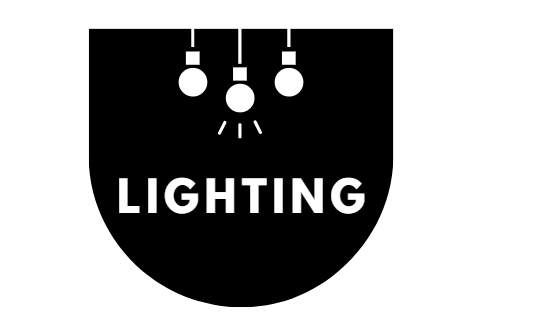
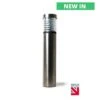
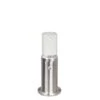

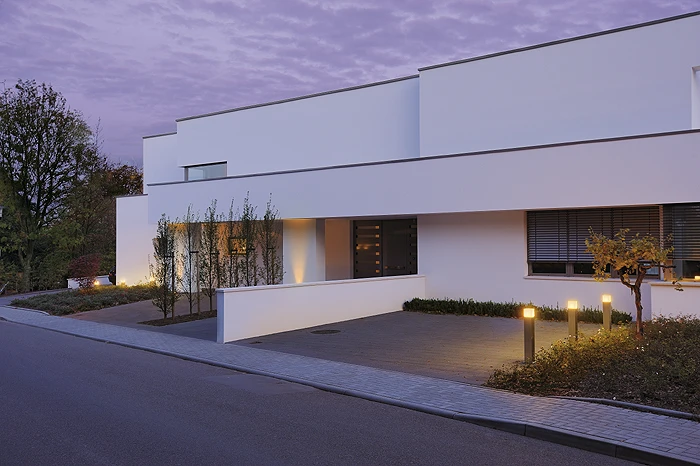
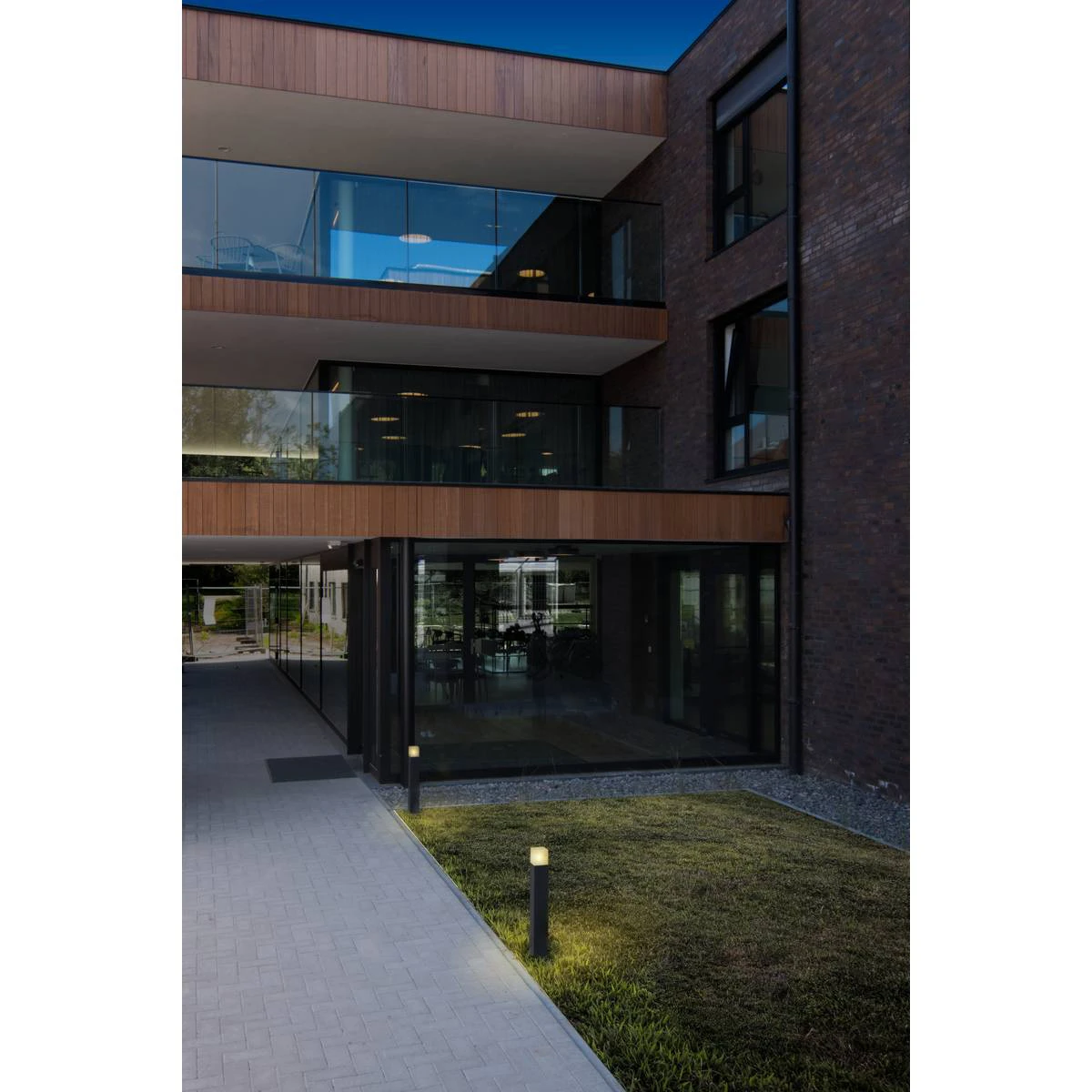
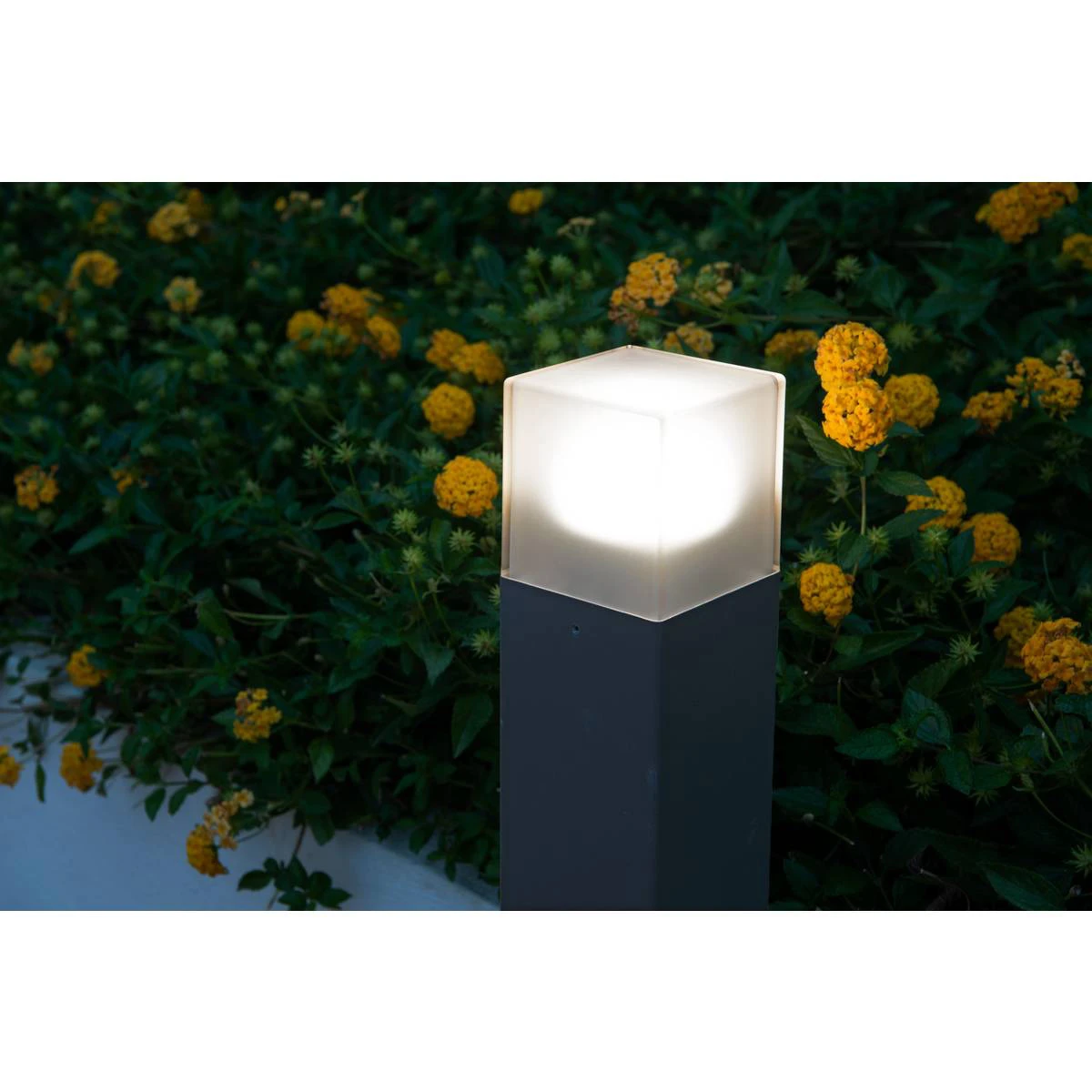
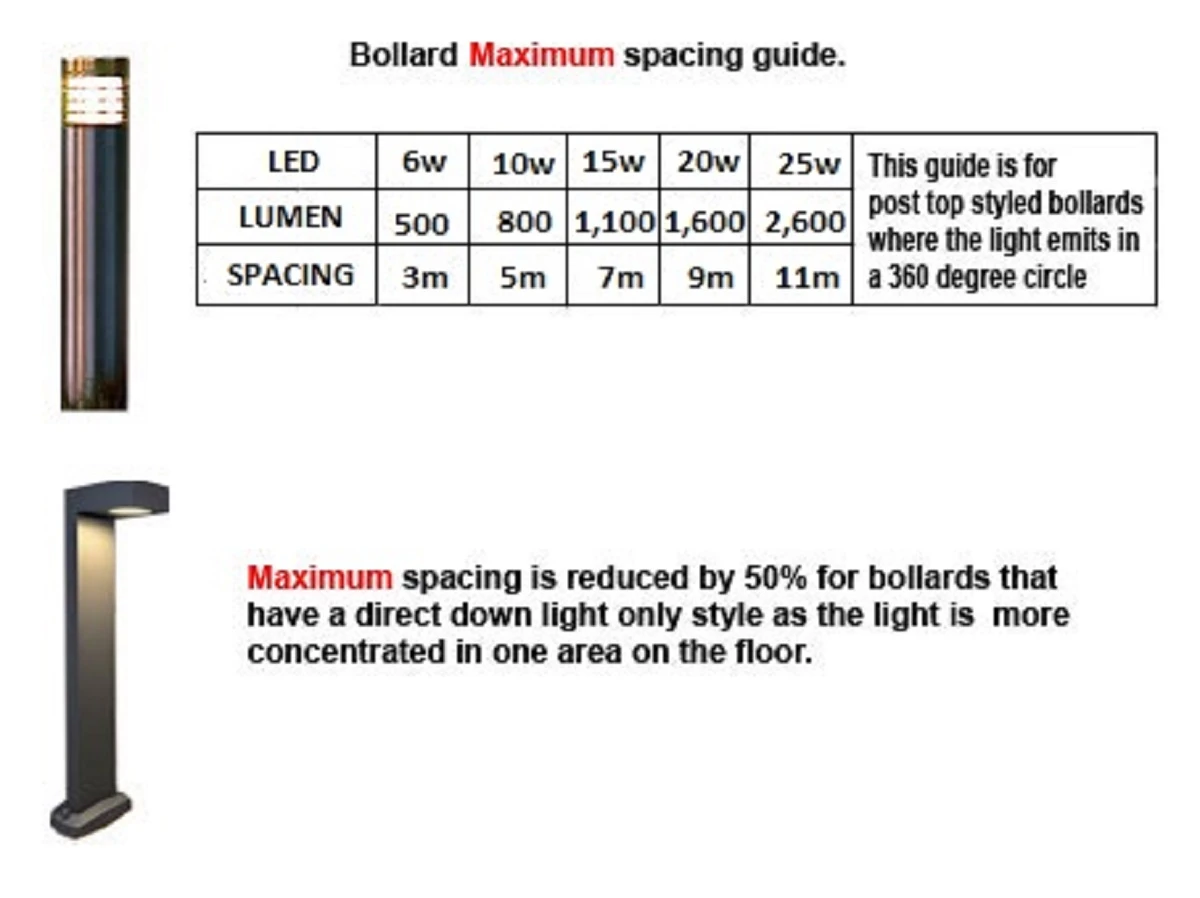

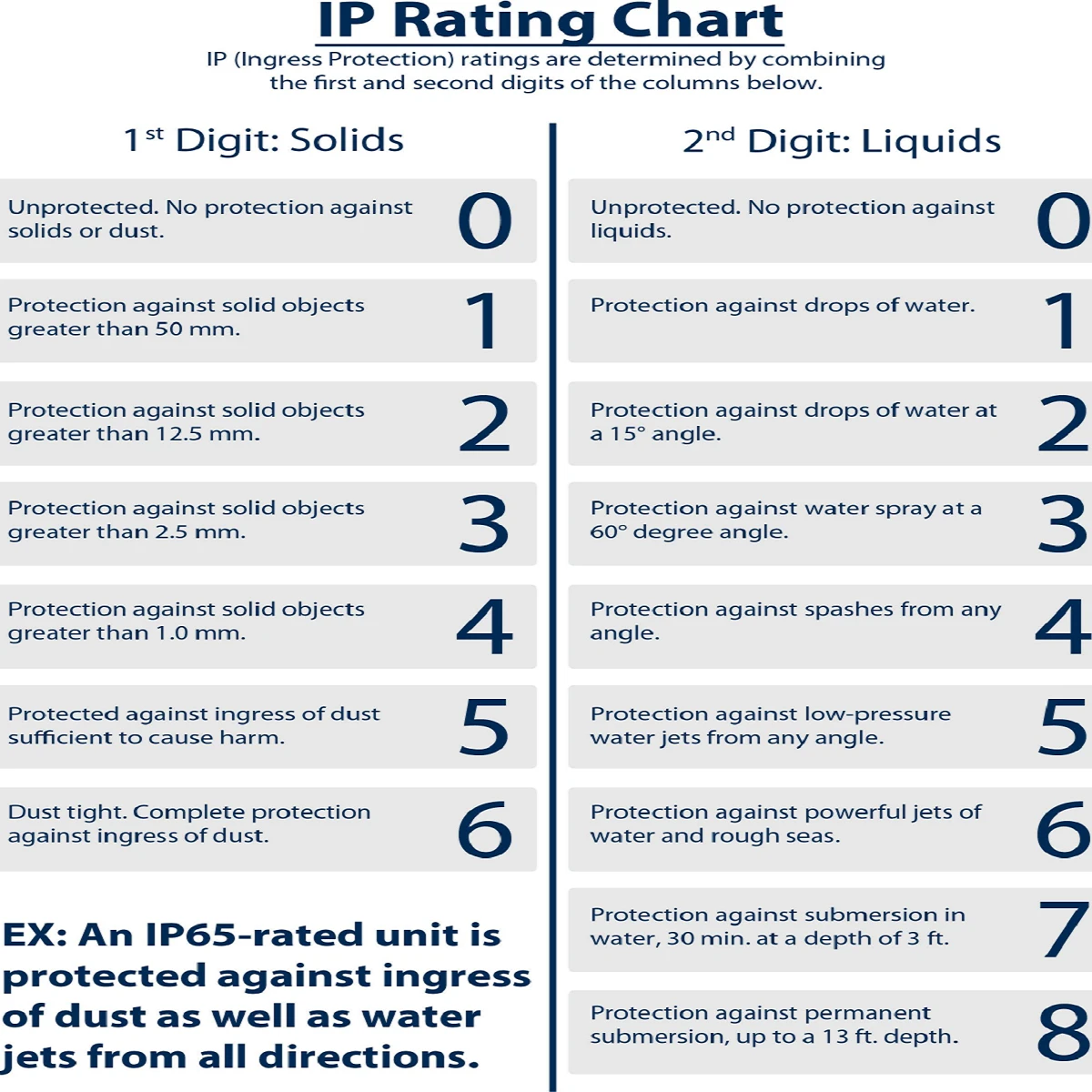

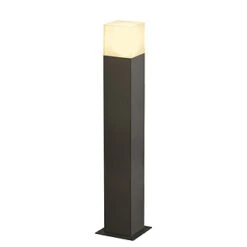

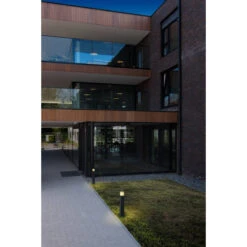

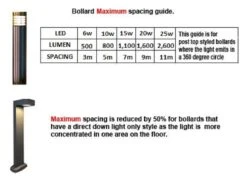

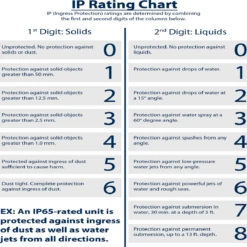
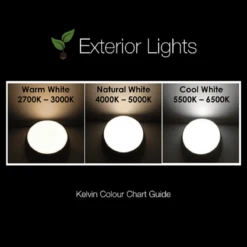



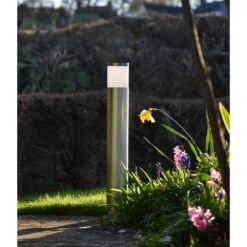
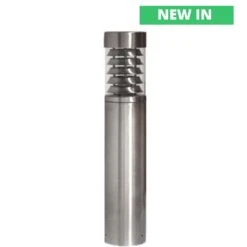



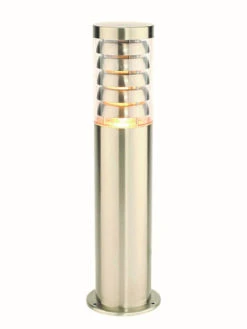
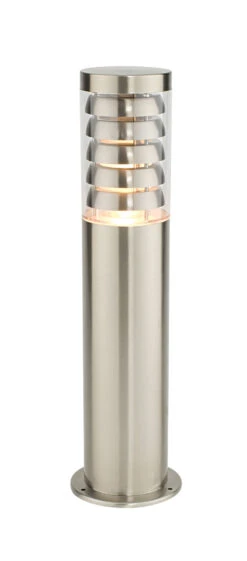

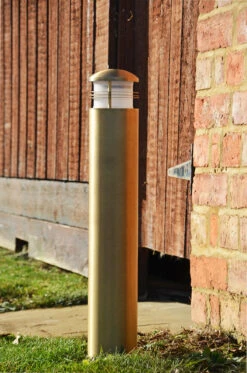


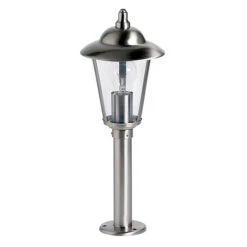

Reviews
There are no reviews yet.